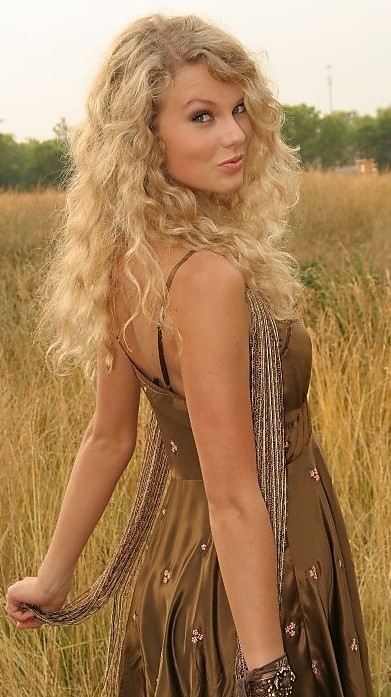With the release of Taylor Swift’s Red, and the 1.2 million copies that were pushed in the release week alone, we’re seeing the “country” brand in the spotlight now more than ever. Yes, Swift is a crossover fixture, and has been since the release of 2010’s Speak Now, but the fire that the country star has come under for the unconvetional sounds on Red is unwarranted. If we take a step back, we can better see the progression of the genre.
Country is now simply pop music wearing a cowboy hat — and that isn’t a bad thing. From a musician’s standpoint, we’ve seen a shift toward grand major chord progressions that are as anthemic as they’ve ever been. They’re songs that are made to fill an arena and not a honky-tonk. With the introduction of Shania Twain and her 1997 breakthrough Come On Over, the expansive and hook-driven nature of country songs found a rock-solid place in pop music.
It was a path that artists like Garth Brooks had laid with perennial hits like “Friends In Low Places,” a song that’s now etched into the annals of pop history with its down-home tale of drinking debauchery and camaraderie that’s more accessible than Waylon Jennings’ grittier “Drinking and Dreaming.”
It’s the same path that Keith Urban took, topping sales charts across multiple continents by injecting relativity and sing-along choruses into country’s traditions.
But those traditions change and we can’t refuse to accept that. Yes, Swift does have pseudo-dubstep drops on “I Knew You Were Trouble” and hyper-processed bursts of electric guitar littered throughout “22”, and yes, they aren’t typically country. But what Swift retains, as most country artists do, is the ability to tell a story in a fashion that radio-ready pop just can’t.
That’s the infallible appeal of country music: we listen to it because it tells a story we can all relate to. Even if you didn’t grow up on a dirt road or spend sepia-toned summers unloading hay bales, you can still feel the intense longing in Swift’s “I Almost Do” or hometown pride in Jason Aldean’s “This Nothin’ Town.”
While it seems that few people are proponents of the musical transition it’s undergone, country music has found a broad audience, and that influence has pushed the genre into new and exciting places. Stay upset with the sound if you will, but you’re missing the narrative, which should really be the draw in the first place. If you’re angry about Swift’s dubstep drops, then you’re listening to the wrong thing altogether.
– K.C. Libman is the Arts & Life editor for the Daily Wildcat. He can be reached at arts@wildcat.arizona.edu.
Follow us on Twitter @wildcatarts and follow K.C. @KristianCLibman.









